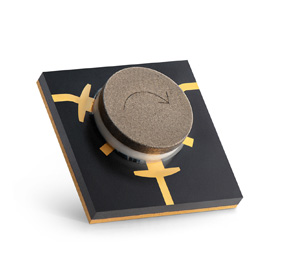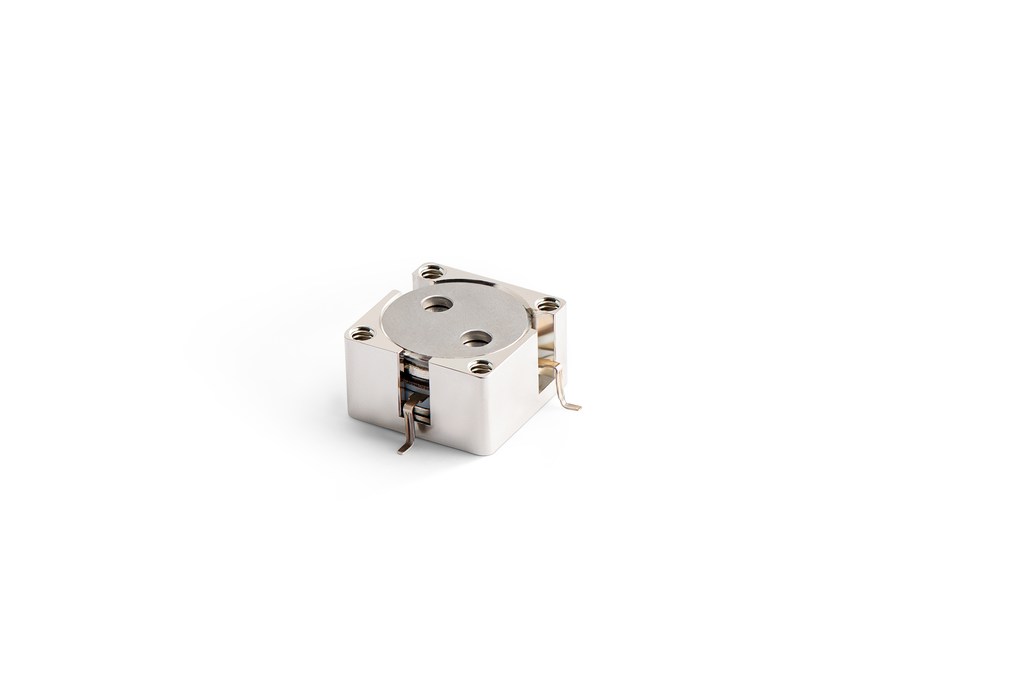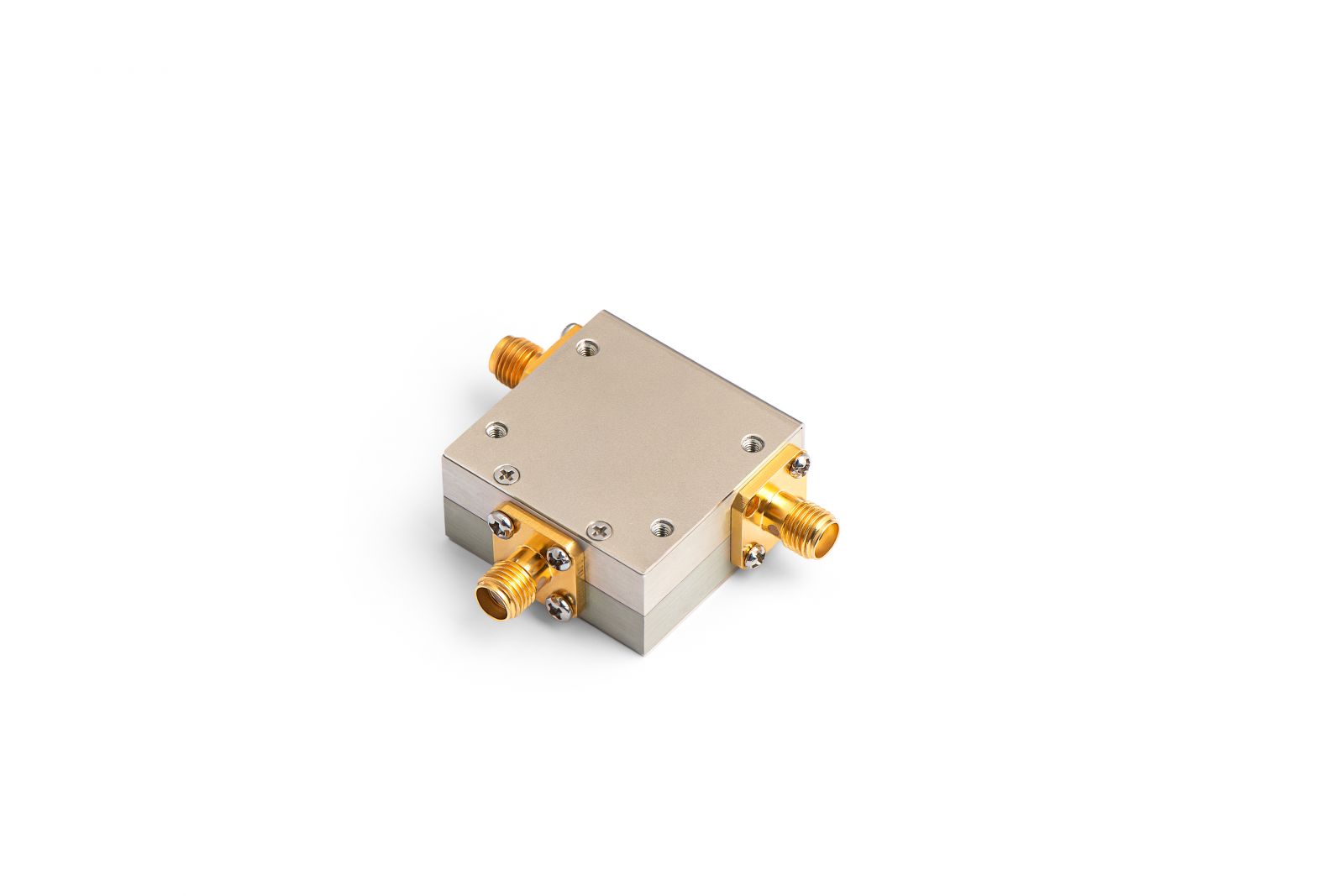- About us
- Product
- Dual-Junction Circulator
-

Dual-junction Microstrip Circulator
-

Dual-junction Drop-in Circulator
-

Dual-junction Coaxial Circulator
- Customized
- Technical Note
- News
- Contact us
Updated on:
Keywords: circulators manufacturer, RF circulators manufacturer, microstrip circulator, drop-in circulator, coaxial circulator, waveguide circulator, custom RF circulator, ODM RF circulators, HzBeat
As a dedicated RF circulators manufacturer, HzBeat supplies microstrip, drop-in, coaxial and waveguide circulators that cover roughly 20 MHz–200 GHz. We focus on miniaturization, broadband performance and reliable mass production for radar, SatCom, 5G/6G and test systems.
Whether you are a module designer, procurement engineer or system integrator, this page helps you quickly understand our circulator portfolio, typical applications, quality control and customization capabilities.

Typical microstrip RF circulator from the HzBeat portfolio (illustrative product image).
A circulator is a three-port, non-reciprocal component that routes RF energy in one direction only—for example, from Port 1 to Port 2, Port 2 to Port 3, and Port 3 back to Port 1. In real systems, circulators protect power amplifiers from reflected power, allow one antenna to be shared for transmit/receive, and provide clean isolation for test & measurement.
A true circulators manufacturer is not only assembling metal housings and magnets. The performance you see in a data sheet—low insertion loss, high isolation, VSWR, power handling and temperature stability—starts from:
With more than a decade in RF/microwave manufacturing, HzBeat focuses on ferrite circulators and isolators only. This narrow focus allows us to combine 20 MHz–200 GHz frequency coverage with miniaturized sizes, wide bandwidth options and stable supply for global customers.
Our circulators portfolio is organized by structure so that engineers and buyers can quickly match the right device to their integration method:



Microstrip circulators are designed for direct integration on RF PCBs or surface-mount assembly. Typical use cases include T/R modules, phased arrays, small cells and compact SatCom terminals.
Learn more: Microstrip Circulator Series
Drop-in circulators use stripline structures inside a metal housing. They are popular where designers need higher power, better shielding and straightforward module assembly.
Learn more: Drop-In Circulator Portfolio
Coaxial circulators use SMA, N-type or other RF connectors and are ideal for rack-mount equipment, outdoor units and flexible setups built around cables.
Learn more: Coaxial Circulator Series
For high-power radar, scientific instruments and high-frequency microwave links, we provide junction and ridge waveguide circulators and isolators that can reach into millimeter-wave bands.
Learn more: Waveguide Circulator Solutions
Because we focus only on RF circulators and isolators, our manufacturing and design teams support a wide range of application scenarios:
For each sector, we support different power levels (from low-power receivers to high-power transmitters), environmental requirements and mechanical formats, helping buyers standardize on a reliable circulators manufacturer.
When you select a circulators manufacturer, you are also selecting their process control. At HzBeat we put a lot of emphasis on:
For strategic projects we can share additional test data under NDA so that your engineering and quality teams have full confidence in the supplied components.
Many projects cannot be solved with catalogue parts only—especially when you face unique frequency plans, tight mechanical envelopes or extreme environments. HzBeat therefore provides:
If you are planning a new platform or next-generation module, you can send us your system block diagram, target band and power level. Our engineers will recommend an existing model or propose a tailored circulator with clear performance margins.
Learn more or submit a requirement: Customized RF Circulators & Isolators
When buyers search “circulators manufacturer” on Google, they usually compare several suppliers. We suggest checking at least the following points:
By using this checklist, you can reduce project risk and quickly identify manufacturers that are able to support both today’s needs and future platform upgrades.
A distributor mainly resells components from different brands, while a circulators manufacturer designs and produces the devices in-house. Working directly with a manufacturer like HzBeat gives you more control over customization, quality feedback and long-term supply.
We manufacture microstrip, drop-in, coaxial and waveguide circulators (and matching isolators) covering approximately 20 MHz–200 GHz, with typical catalogue bands from VHF/UHF up to Ku/mmWave depending on structure. This allows us to support low-frequency high-power systems as well as compact high-frequency modules.
Yes. We provide customization and can run dedicated ODM programs for long-cycle, high-difficulty projects—for example multi-band radar front-ends, complex SatCom terminals or long-lifecycle industrial equipment. We work with your engineers to define the target band, power, outline and interface before locking a design for mass production.
To speed up selection and quotation, please share frequency band, bandwidth, power level (CW and peak if relevant), expected VSWR, isolation target, operating temperature, structure preference (microstrip, drop-in, coaxial, waveguide) and annual volume. If you already have a block diagram or layout, that also helps our team recommend the best option.
Our team can provide installation guidance (direction, matching, heat dissipation), basic simulation support, failure analysis and replacement recommendations. For strategic customers we can also align test procedures and share additional data under NDA.
About the Author
HzBeat Editorial Content Team
Marketing Director, Chengdu Hertz Electronic Technology Co., Ltd. (Hzbeat)
Keith has over 18 years in the RF components industry, focusing on the intersection of technology, healthcare applications, and global market trends.